Research Laboratory Afforestation technology
Nippon Paper's Overseas Plantations
Nippon Paper promotes afforestation in four oversea countries for the purpose of the use of the wood resources not only as pulp and paper but also as energy or biochemical purposes.
Technological development to improve plantation productivity
Research Laboratory dispatches staff to overseas and conducts technology development to increase biomass productivity of plantations.
Among Nippon Paper's plantations, AMCEL in Brazil has 133,000 ha (including 62,000 ha of already planted area) of land available for plantation.
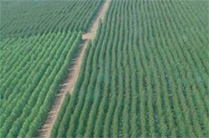
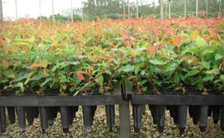
Fast improvement of plantation tree growth
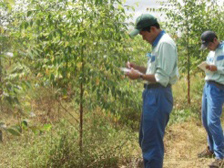
For the purpose of stable procurement of wood resources and environmental conservation, We, together with local staff at AMCEL, engage in the following initiatives to improve MAI (Mean Annual Increment) plantation trees.
(1)Genetic improvement of plantation tree
(2)Development of fast analytical methods for tree components
(3)Improvement of growth environments
Genetic improvement of plantation tree
We have begun developing superior trees by clonal propagation by cuttings with selected elite trees from experimental plantations (selection breeding) or cross-breed those elite trees (hybridization breeding). We also apply genome analysis and DNA marker information to achieve more efficient breeding utilizing gene tracking and DNA marker breeding.
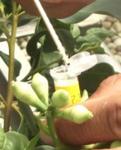
Cross-breeding of Eucalyptus
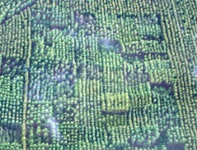
Aerial view of screening test aria
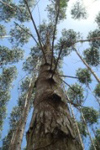
Selected tree for cloning
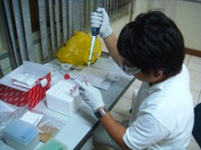
DNA extraction
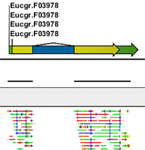
Gene expression analysis
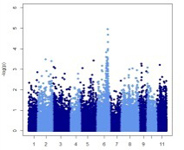
DNA data analysis
Development of analytical methods for forest wood
We are developing forest mensuration technique to evaluate plantation tree more rapidly. Moreover, to further expedite wood quality evaluation, we are working on the development of analytical methods for forest wood, including microscopy-based observation, basic density analysis using Pylodin method, and analysis of wood components with near infrared-spectroscopy (NIRS).
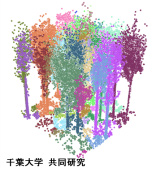
Forest mensuration by terrestrial 3D laser scanner
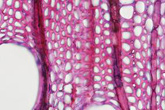
Microscopy observation
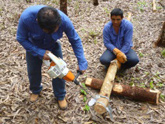
Sampling wood specimen for analysis
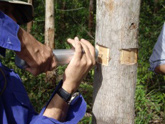
Basic density measurement by Pylodin method
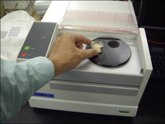
Wood analysis by NIRS
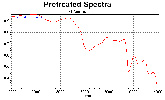
NIRS spectrum
Improvement of growth environments
We conduct soil investigation and growth examination to develop monitoring method such as, large-scale soil sensing, for sound growth of elite trees. With cooperation from local staff, we aim to improve the growth environment for afforested trees.
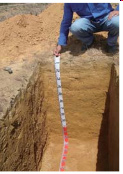
Soil investigation
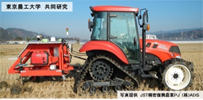
Large-scale soil sensing
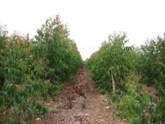
Growth examination
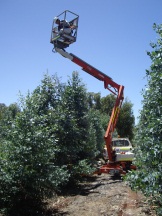
Growth measurement
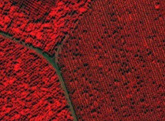
Satellite Image analysis
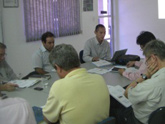
Discussion with local staff
Application of rooting technology to domestic afforestation
We develop a large scion plantation in a bid to facilitate the quick propagation and full-scale production of cutting seedlings taken from specified mother trees of Japanese cedar. The specified mother trees are registered by Minister of Agriculture, and have excellent growth ability as well as lower pollen counts. However, when making cuttings in the regular fashion, it is difficult to produce more cuttings than the number of original cuttings provided. It also requires time to propagate. However, with our exclusive Photoautotrophic Culture Technology before planting, the propagation is accelerated. We will start the production of exclusive seedling containers using cuttings and make a positive contribution to the stable supply of cutting seedlings according to demand trends and proactive marketing.
Note 1: Specified mother trees
Under the Amending Part of the Act on Special Measures for the Promotion of Thinning, etc. in Forestry (hereinafter, "Act on Special Measures for Thinning, etc."), and to improve the CO2 absorption capacity of forests, the Minister of Agriculture, Forestry and Fisheries makes a decision as to which trees with outstanding characteristics relating to growth are registered as specified mother trees. The established criteria include growth ability (roughly one and a half times the growth ability of traditional species), male flower epiphytic (lower pollen counts, roughly less than half of the pollen counts of ordinary Japanese cedars), and quality of materials (rigidity and straightness of the trunks).
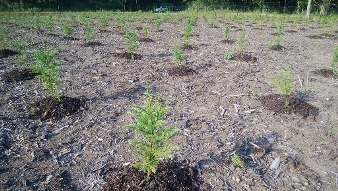
- Inquiries
-
- Inquiries via form